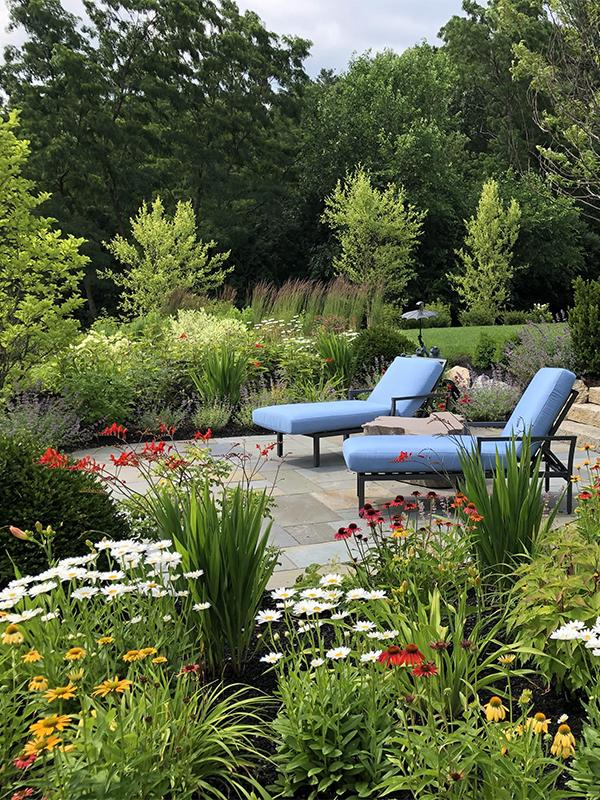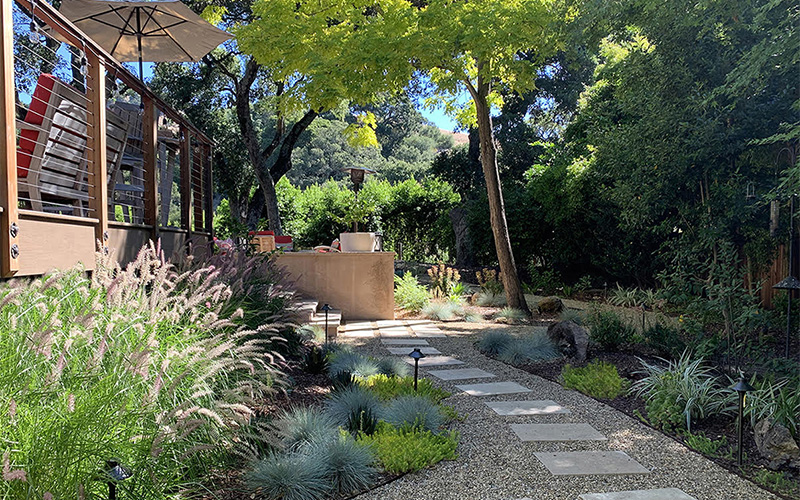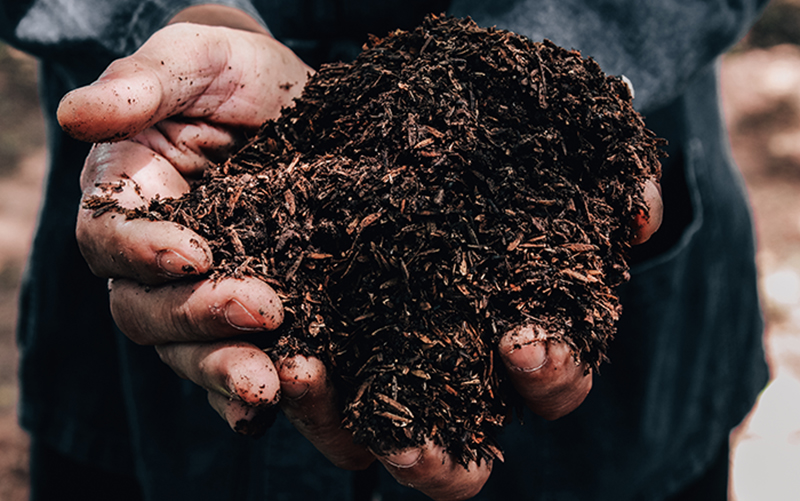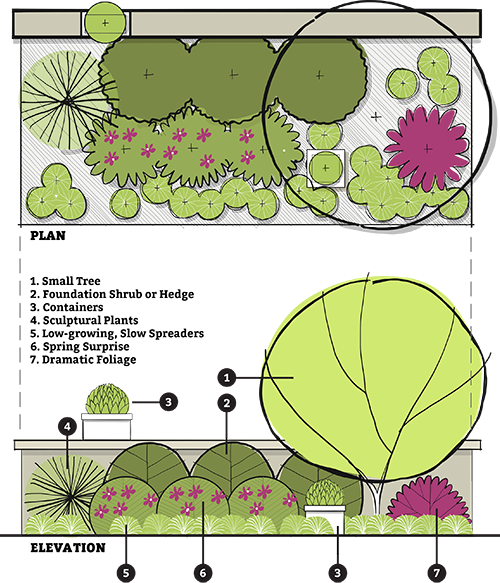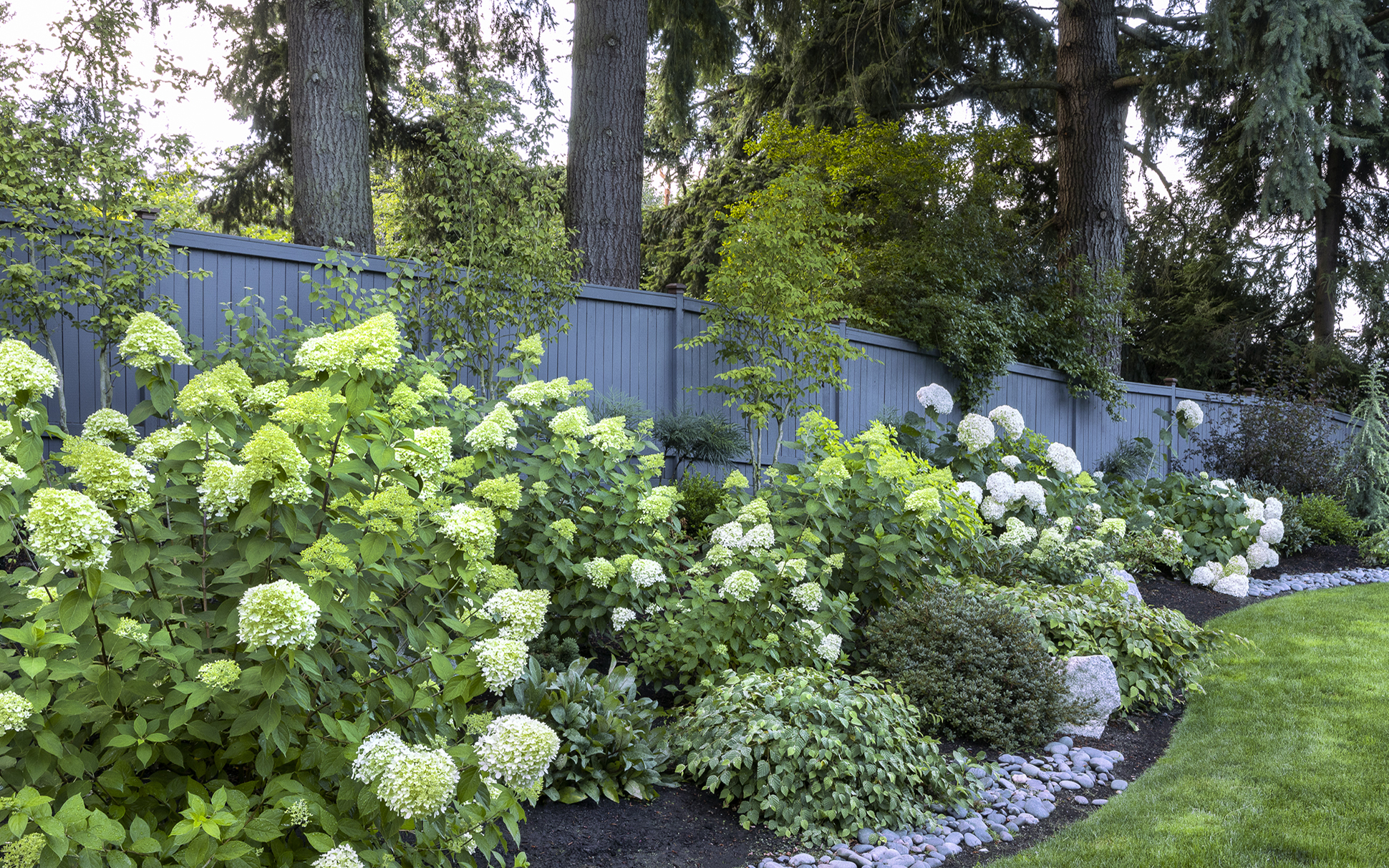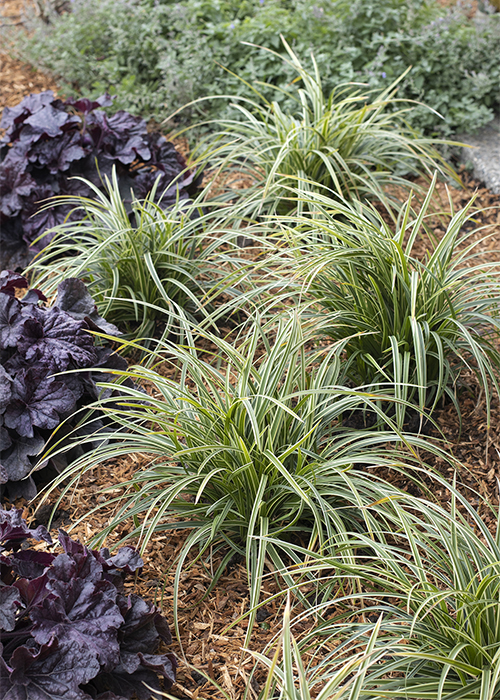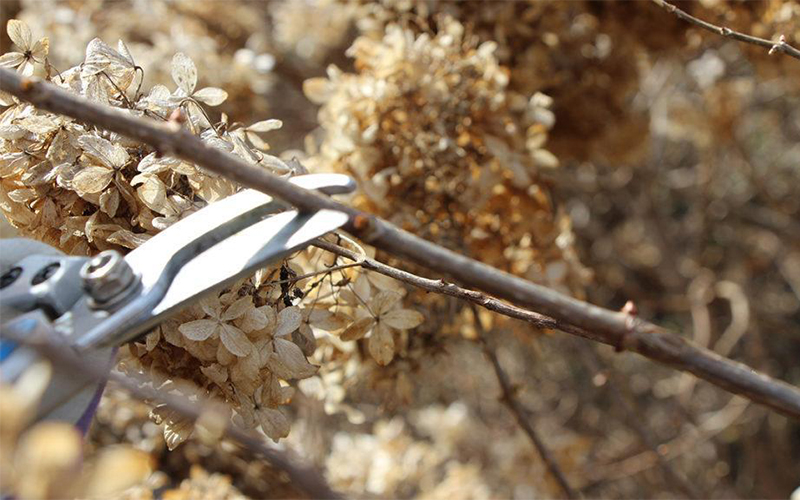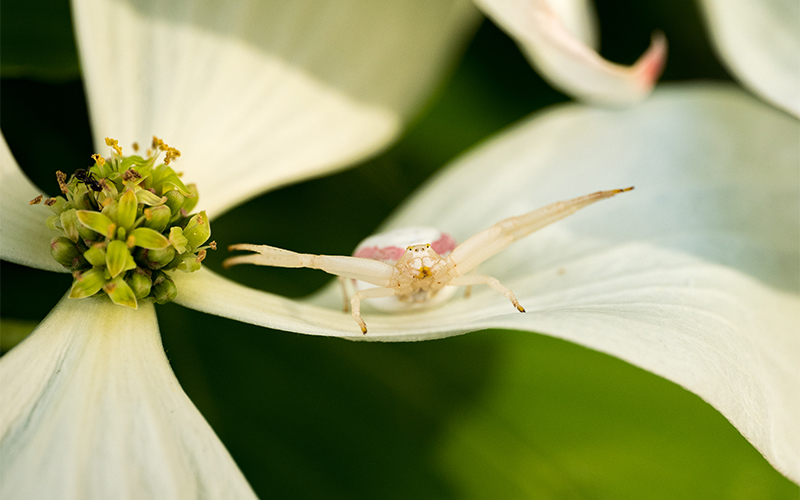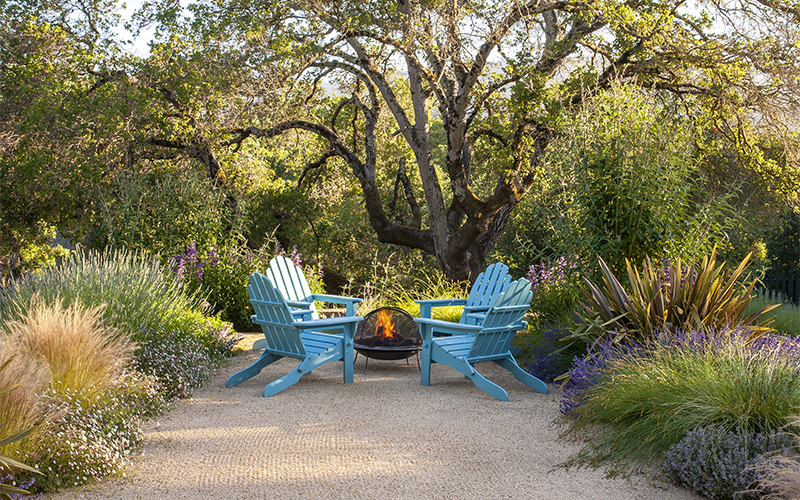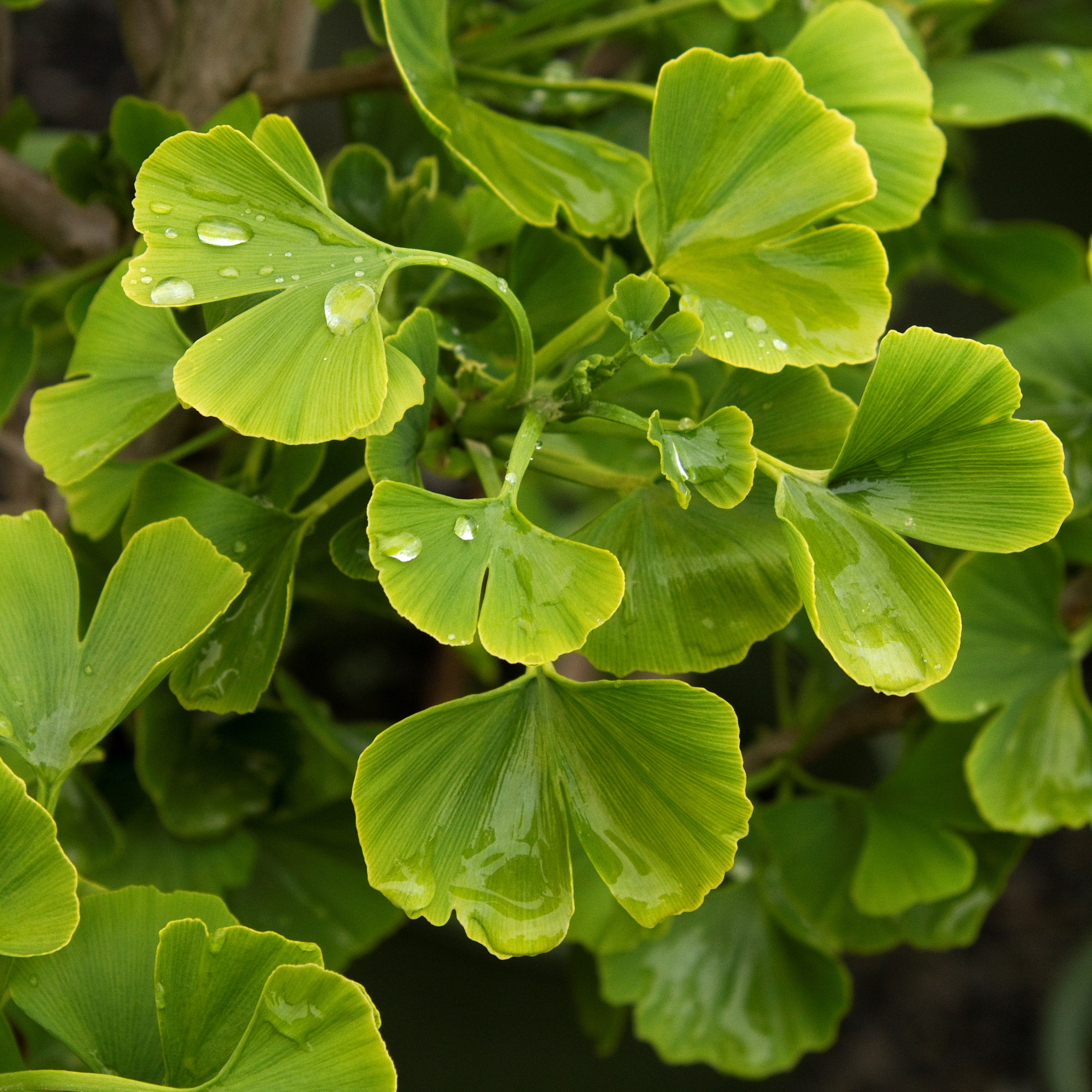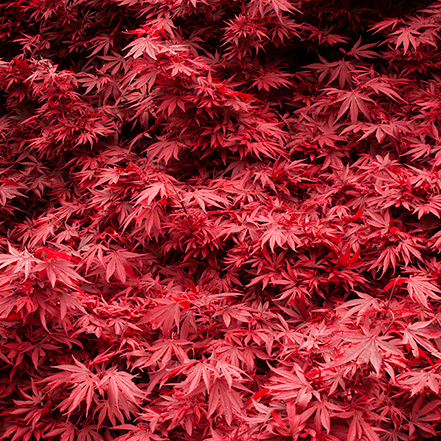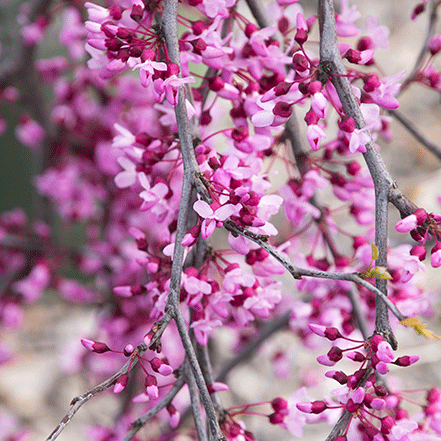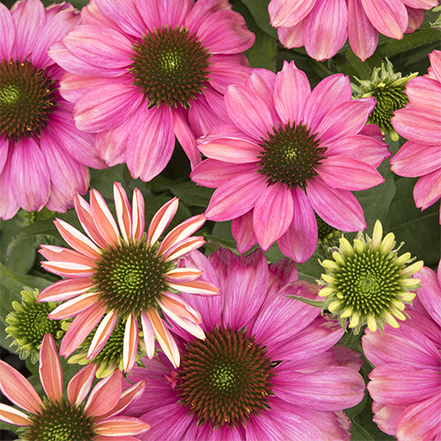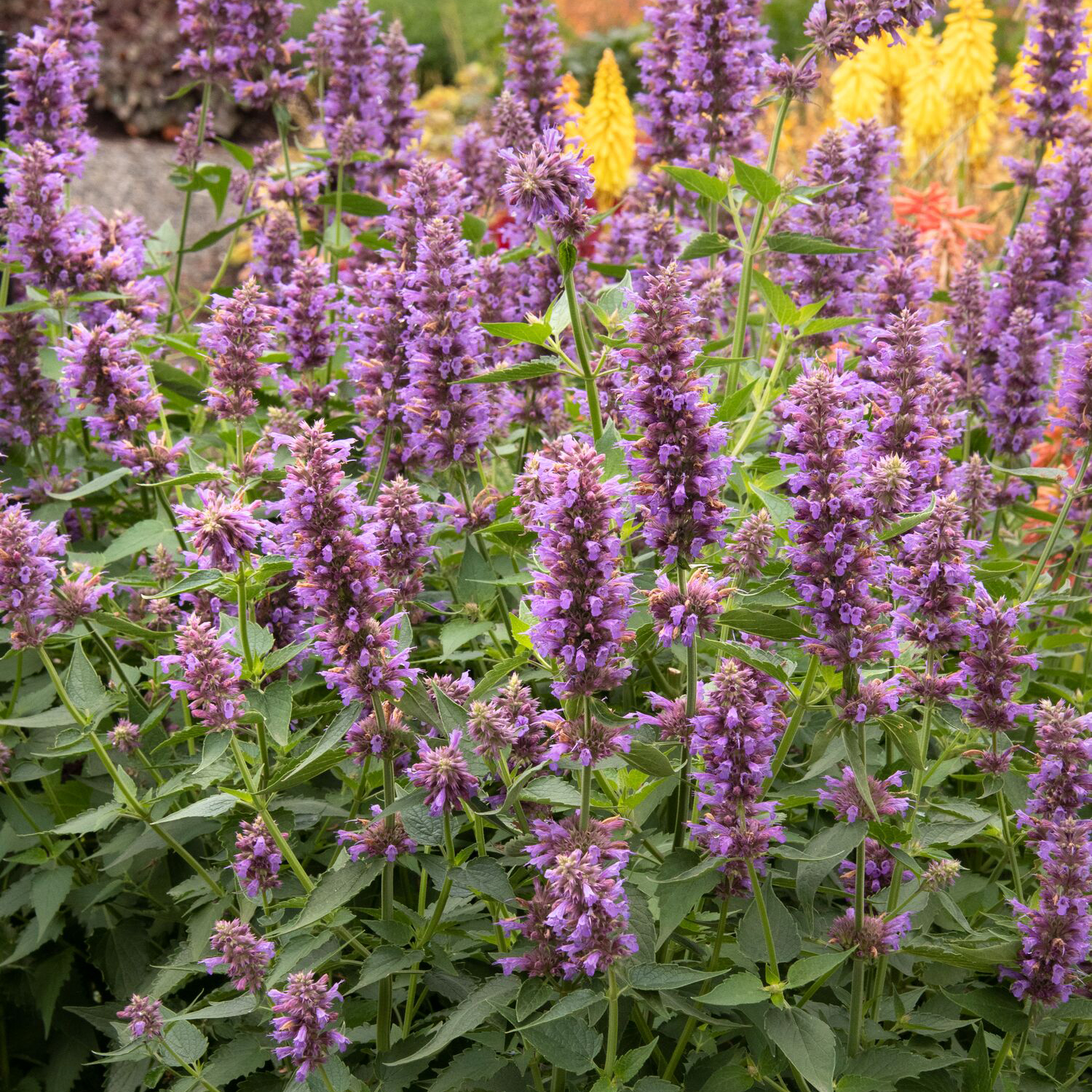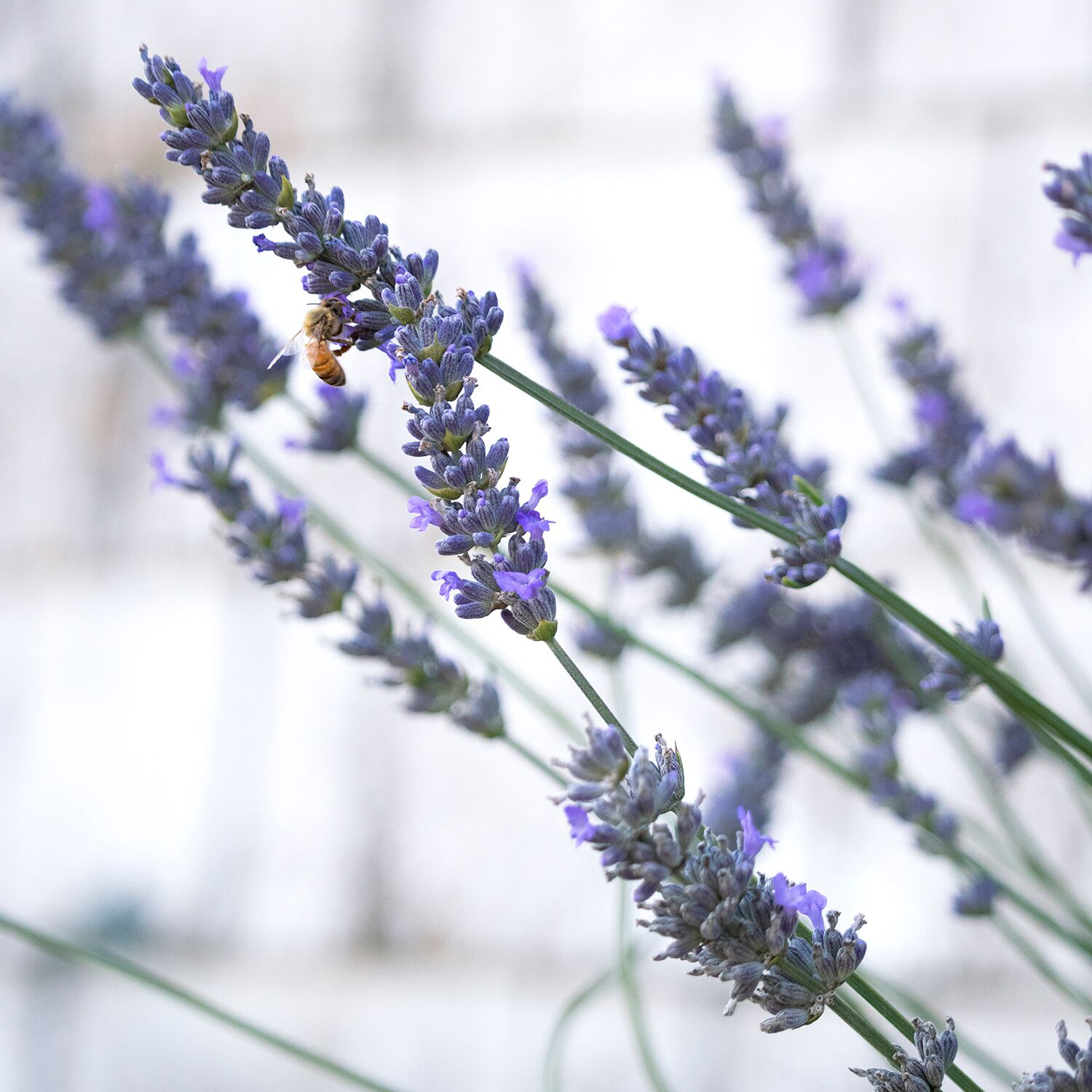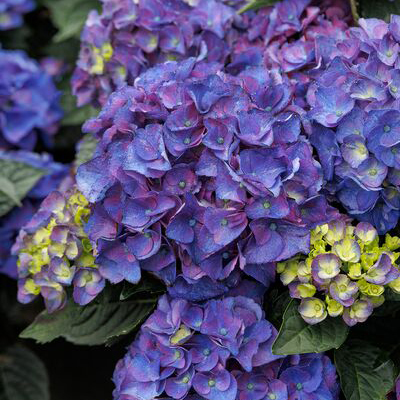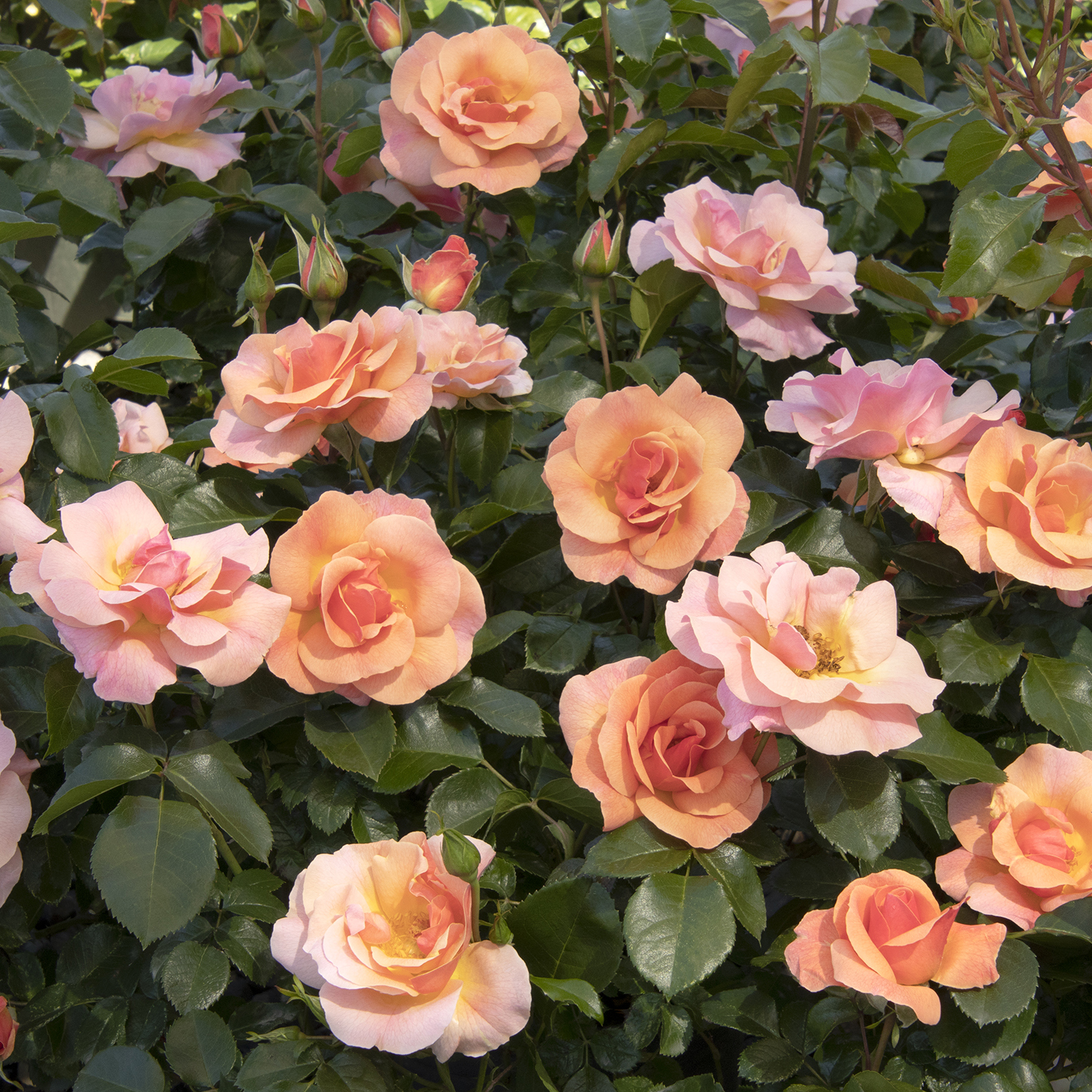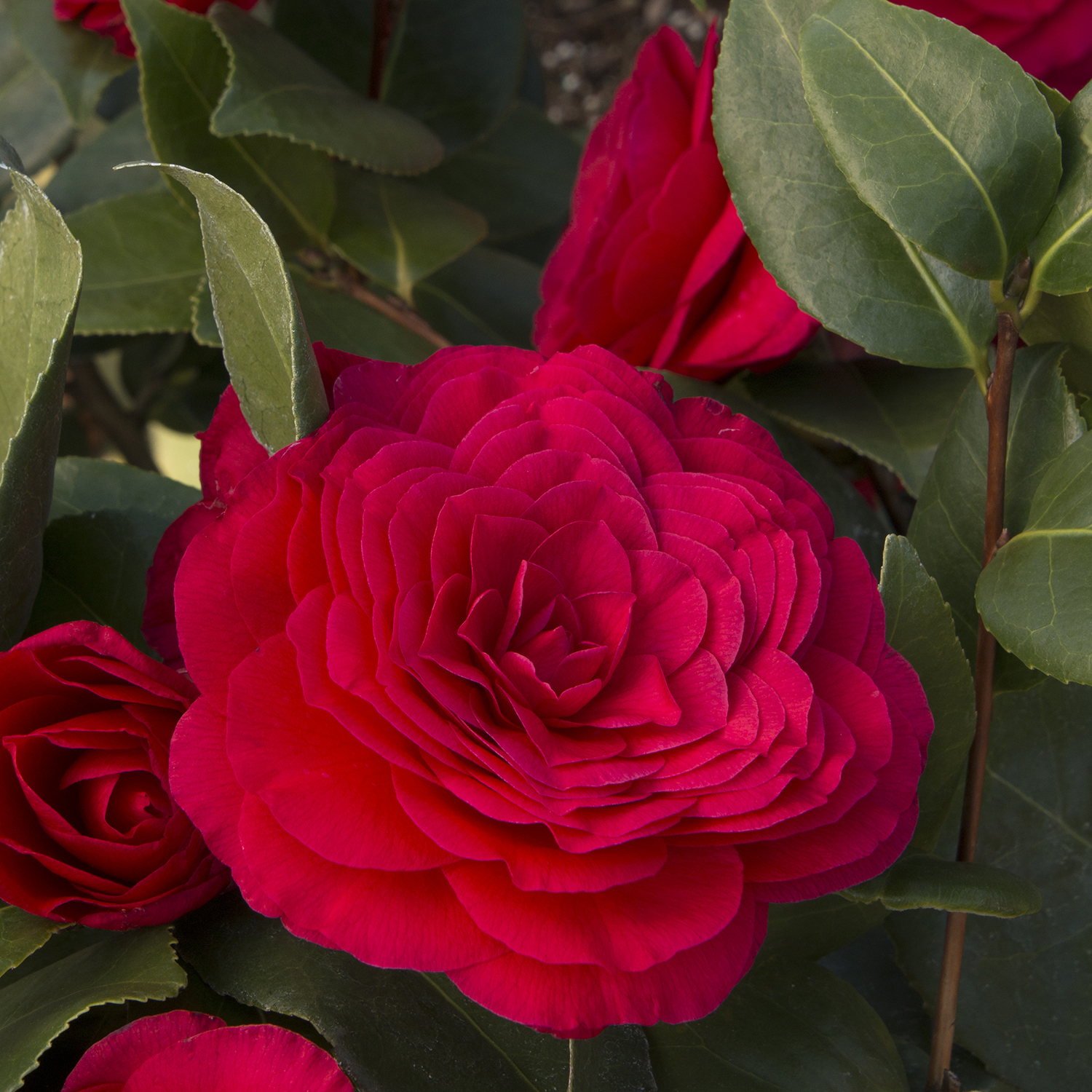Whether you're new to gardening or have been devoted to it for decades, confidence goes a long way. Confident gardening translates to beautiful gardening, but even more, it leads to more fun and fulfillment. The thing about gardens is that they're always changing, which means we as gardeners are always learning. So, no matter how many gardens and how many years you have under your belt, there's always room to grow.
Even the most confident gardeners are learning something new every growing season. Still, those new to it often feel scared about getting started. The thing is, gardening is not only pretty easy once you get growing, but also really fun and rewarding. Bringing the beauty of colorful flowers, fresh edibles, and lush greenery into the world. While also supporting pollinators and the environment is an unparalleled pleasure. There are many benefits of gardening: sense of well-being, happiness, and even your health. These are often the main reason why we keep growing and gardening.
(Above) "Room with a View" garden designed by Jim Douthit of a Blade of Grass. A beautiful example of what you can accomplish in your garden when you keep these easy garden tips in mind. Learn more about the garden in "Backyard Landscape Ideas from Award-Winning Designers." This also includes a list of specific plants you can use to create a similar look.
To help new gardeners get started and help experienced gardeners continue to grow, we asked the die-hard gardeners at Monrovia. They gave their top 10 gardening tips to help all levels of gardeners grow confidently.
Before we get started, here's a bonus tip: Just keep gardening. Gardening is a long-term hobby. Every season, you'll learn more. Every year, your garden will develop into something new. Every day you spend in the garden, you'll find something to delight in. Plus, you're not the only one benefiting from the beauty of the garden. Your plants also contribute to your local ecosystem, as well as to the well-being of your local community. Every garden, large or small, adds up to a happier, healthier world for all living things.
What gardening tips do you have to add? Tell us in the comments or on social media @MonroviaPlants.
1. Get To Know Your Space
It's tempting to buy those gorgeous shrubs and trees, grab a spade and just start planting. However, in the long run, it pays to take some time to get to know your space. Any seasoned gardener will tell you the right plant in the right place makes the most of your investment. (Both in time and money.)
What to consider before you start a new garden, or add to an existing one:
Do you know your zone? Knowing your "hardiness zone" is the first place to start when choosing the best plants for your particular garden. The USDA hardiness zones simply describe the coldest place a plant can grow. The higher the zone number, the warmer the climate. Find your zone here.
Only choose plants appropriate for your overall climate and local conditions. To set your garden up for success, it's incredibly important to take your climate into account when choosing plants. Do you live in a region that experiences drought or extended hot, dry periods? Choose drought-tolerant plants. Do you live in a region that gets a lot of seasonal rain? Look for plants that need more moisture and can handle soggy soils. You can use the filters on the My Plantfinder tool. This will help you get started with finding the right plant for your particular conditions.
Is your garden north or south facing? Knowing when the sun hits your soil can help you get started choosing the right plants.
How many hours of direct sunlight does your garden receive? 8 hours? 4 hours? None? It might seem like extra work, but keeping a log of this information can help to avoid costly mistakes. Included in this is taking into account the hardscape around your garden (eg walls, boulders, pavement, etc). Pavement and south-facing walls can create more heat for plants, and boulders and walls also can provide more protection.
What is growing well in your neighborhood? Take a walk. Conifers and camellias can indicate more acidic soil while lilacs and viburnums reveal a sweeter soil. Every yard is different and we always recommend a soil test, but look for clues. Looking at other gardens in your town or neighborhood also helps you find plants you love. It also gives a sense of your garden design style.
Above design and photo: Eileen Kelly, Dig Your Garden Landscape Design. Read more about this space here.
2. Improve Your Soil
It's simple: healthy soil grows healthy plants. Few of us have "perfect" soil. One that's loose, black, loamy stuff that drains well and is rich in organic matter and nutrients. But, we can all work toward improving our soil and this is where great gardens start. Prepare new beds by digging in several inches of compost and other necessary amendments. (Ask for advice at your local garden center). Refresh existing gardens with a top dressing of compost. Learn more about increasing your soil health here.
How important is great soil with the right components? Each of the 4,000+ plant varieties we grow is nurtured in a customized soil mix. With the large number of soil mixes we have (79), we can tailor the soil more precisely to plant groups. We also add mycorrhizae, a “good fungus” that helps roots absorb moisture and nutrients from the soil. This gets your plants off to a great start as you develop your own great soil.
"Impossible" soil? It happens. Start slow and keep at it. In the meantime, get your fix with containers where you can provide plants with exactly what they crave most.
3. Start With Healthy, Robust Plants
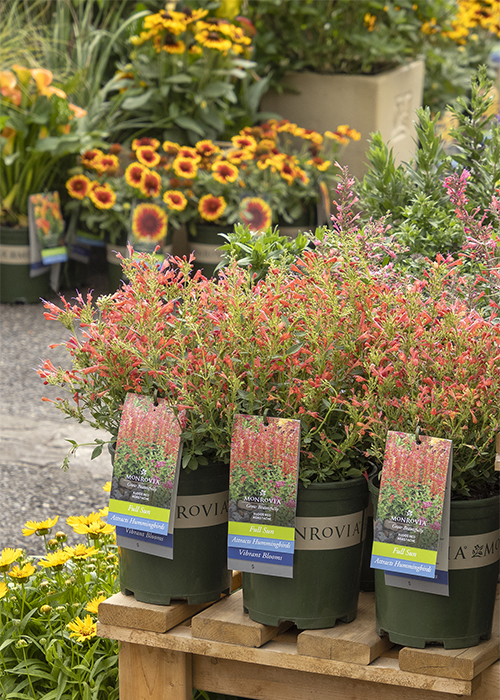
There is a certain satisfaction to nursing a sick plant back to health. However, a garden that thrives without herculean effort on your part starts with the most healthy and robust plants sourceable.
What to look for when choosing new plants:
- Shape: Your plant should have a good branching structure that allows for air circulation. Branches that are not crossed and prepped to grow in the correct shape at maturity. Monrovia plants are pruned two or more times during their growth to get the right shape.
- Roots: Look for roots that are thick and fleshy. Also, that are white with lots of smaller "feeder" roots along with the main roots. Plants with healthy roots adapt faster to their new digs when planted.
- Foliage: You want lots of it and it should be colorful and for the most part unblemished. Avoid bringing home plants with signs of fungal or other diseases.
- General Health: You don't always have to buy the largest plants on the nursery table. However, you should always buy the ones that look the best. Yes, some sick plants can be cured, but purposefully bringing home unhealthy plants also risks carrying home pests or diseases.
4. Plan for Season and Structure
We're not necessarily talking about a complicated landscape design plan here. (Though for much more info to get you started with designing, check out our Garden Design section on the blog). We're talking about planting for structure and seasonal interest so there's something bright and happy happening in your garden year-round.
Here's an example of how this can work. Maybe the first year you're starting with a few roses and some annuals. Totally gorgeous during the summer bloom season, but what if you added three ornamental grasses to that mix? Come fall, you would have that breezy, glowing element after the flowers start to fade.
Then, you could add a low- to medium-tall conifer at each end of the grouping described above. You'd have green all winter. By adding just 5 more plants to your scheme, you now have more seasons of interest. You also have a lovely structure to the overall space. Each year you can add and layer and mix and match. Although, always having a plan to make your garden look beautiful all year long. Your zone and specific site conditions may vary so consult with your local garden center if you have questions.
As for planning the structure of a garden, it's all laid out in our "Simply Beautiful" garden design guide. Get it for free here.
Landscape plan pictured above by Lisa Nunamaker, creator of Paper Garden Workshop.
5. Give Plants Room to Grow
The plant tag and label that comes with every Monrovia plant contains lots of useful, even essential information. However, the one bit of intel many of us are guilty of ignoring is the guidelines about proper plant spacing. Looking at the plant in its nursery container, it's difficult to imagine why it requires so much space. Not only between it, but also to the next plant.
Plants that are sited too close together compete for space, nutrients, sunlight, and other necessary elements. Roots will always want to grow as far as the outer edge of your plant's canopy. (What's above the ground). If they can't do that, your plant will never reach its maximum size and might not thrive as it should. Give your plants plenty of room. If you can't deal with bare dirt, well, that's why Mother Nature gave us annuals to fill in!
Above design by Robin Parsons, photo by Doreen Wynja. Learn more about this garden here.
6. Water, Feed, and Mulch As Needed
Watering your plants can be a matter of life and death for your garden. Your plants, even drought-resistant ones, need water to get established. Even the hardiest plants can go from lush and beautiful to pull-and-add-to-the-compost-pile quickly without supplemental water their first growing season.
Overwatering and underwatering is a common mistake for gardeners of all skill levels. Here's a trick for checking soil moisture: Poke a finger about an inch deep into the soil. If it's dry, you need to water. If the soil feels wet or soggy, wait another day or two to water. After a while, you will become savvier to their watering needs. When it's time to water, you want to soak the roots and not the leaves. A splash-and-dash will not do: Give them a long, deep drink to encourage deeper root growth. Need more info? Here are some easy tips for watering.
Feeding or fertilizing is also important. Start by planting into soil that has been amended with compost. As well as any other additional minerals, nutrients, or soil amendments that your particular type of soil requires. (Perform a soil test or ask at your garden center). Re-apply a balanced fertilizer in the fall and spring if needed. Some plants can do with very little (or none at all) fertilizer. However, adding a layer of compost in the fall and/or spring is almost always the right choice. Over-fertilizing can cause more harm than under-fertilizing. We recommend leaning towards the "less is more" approach when it comes to using fertilizer.
Finally, all gardens need some sort of mulch. Whether it's pine needles, shredded leaves, wood mulch, or gravel, choose your mulch and lay it on thick. Mulch helps maintain soil moisture and keep weeds at bay. We rely on mulch to do the same thing at the Monrovia nurseries. Every green pot is topped with just the right amount of bark mulch to help us control weeds without chemicals.
7. Pinch and Prune, Snip and Clip
Pruning may seem scary at first, but this kind of care is essential. Especially for a garden full of plants that look good, grow well, and are likely to flower and fruit better. Specific plants (such as some hydrangeas, wisteria, and clematis) need to be pruned on a particular schedule. This helps ensure flowering. For the most part, pruning of shrubs and perennials is done after flowering, fruiting, or in early spring (more here). Take a class at your local garden center. This will help if you need to learn new skills or brush up if you're a more experienced gardener.
If you really prefer to avoid pruning as much as possible, look for updated selections bred to be naturally compact. For example, the Seaside Serenade® Hydrangea collection.
What is less intimidating is the routine care your plants need throughout the growing season such as deadheading and pinching. You may hear these used interchangeably, but there is a subtle difference that pays to understand. "Deadhead" is when you remove a spent bloom after it has flowered. "Pinch" is when you remove a piece of a plant before it flowers to encourage branching and bushiness. Both can be accomplished with pruners or if the stems are soft, with your fingers. This can be done anytime during the growing season.
The point here is, left to their own devices your plants will do their thing. If you want to encourage more flowers or a fuller shape, don't be afraid to nip them in the bud.
We've got you covered with plenty of advice on pruning (go to the "Inspiration" tab).
8. Stay Ahead of Pests and Diseases
Many garden pests are an annoyance, but they don’t actually do that much harm to plants. For the most part, you can just leave them alone—natural predators will keep them in check. However, there are times when pest populations become an infestation, and that's when you need to act. If you see increasing numbers of pests like aphids, whitefly, slugs, and snails, consult with your local garden center. They can suggest solutions and stay on top of the problem. Here is our quick guide to beneficial insects. This will help you spot your best natural pest control in the garden.
As for avoiding disease in your plants, the best thing to do is plant disease-resistant varieties. (Of which Monrovia has many). To find plants with improved disease and pest resistance, use the My Plantfinder tool. Select "Improved Disease Resistance" and "Improved Pest and Disease Resistance" in the "Special Feature" filter to find them. When you start with these robust, disease-resistance plants, you run a lower risk of ever having to deal with diseases. (E.g. powdery mildew, black spot, rust, etc.)
If you find these issues on existing plants, consult with your local garden center for options. Your solution can depend largely on your location and climate. They will be the best people to help you solve the problem. Natural, safe remedies can often be helpful in these situations. However, it's important to consult an expert first so you don't end up doing more harm than good.
Above photo of a beneficial crab spider by Chris Hedstrom.
9. Choose Low-Maintenance Plants for Stress-Free Gardening
Low-maintenance, easy-care plants take the stress out of gardening. Low-maintenance plants are hardy, adaptable, disease-resistant, and always climate-appropriate. They also typically require less pruning and/or deadheading than other plants.
We love flowering shrubs with neat growing habits for their dependable color, structure, and need for nearly zero maintenance. Our favorites for cooler climates include varieties of bluebeard, Spirea, sand cherry, lilac, potentilla, and viburnum. And, not all roses are low-maintenance. Although, you'll find Nitty Gritty™ and Grace N' Grit™ roses to be incredibly tough and easy to grow. Warm-climate favorites that won't disappoint include crape myrtle, Indian hawthorn, cotoneaster, abelia, pineapple guava, false heather, and hebe.
Colorful perennials usually need to be cut back annually, but other than that, you won't have to do much if you chose the right plants. Low-maintenance perennials for cool zones include coneflower, coreopsis, Texas yucca, sedum, heuchera, hellebore, beardtongue, cold-hardy salvia, and daylily (which also grow in warm climates). Our warm-zone favorites include easy-going beauties like montbretia, agapanthus, cape fuchsia, salvia, kangaroo paw, and of course, the beloved bougainvillea.
Above garden design and photo by Rebecca Sweet. See more of this garden here.
10. Relax, Enjoy, and Have Fun in Your Garden
Perhaps the most important gardening tip we can give is to relax and enjoy your space. Whether your garden is an apartment window box or balcony containers. Maybe a bed in the yard or a large acreage. Regardless, be sure to create a space and take the time to watch and enjoy. In doing so, you can appreciate the beauty and bounty of your work. This can look like a cozy fire pit landscape, outdoor room, pool, hammock, or comfy chair. As long as you're comfortable and have a great view of your garden space, you've accomplished this goal.
Sometimes making the time to relax in your garden requires a little bit of "letting go." Since no garden is going to be picture-perfect. We believe that gardening serves as a source of joy. Therefore, the time spent enjoying your space is just as important as the time spent working on it. (And often you can do both at once).
Ready to get started on your garden with these pro gardening tips in mind? Below are a few more plants we recommend for adding beauty to the garden.
Above garden design by Arterra Landscape Architects, photograph by Michele Lee Willson; Courtesy of Arterra Landscape Architects
Trees for Small Spaces
Jade Butterfly
Ginkgo
Dwarf, densely branched, vase-shaped small tree with striking bright green leaves and lovely gold fall color. Slow-growing fruitless male. Zones 4-9.
Shaina
Japanese Maple
Handsome dwarf maple with a compact form becomes dense with maturity. Ideal small lawn tree or on patios, entryways, and in containers. Zones 5-8.
Lavender Twist®
Redbud
Rosy lavender-pink flowers completely cover bare, slightly contorted, weeping branches in early spring followed by heart-shaped leaves. Zones 5-9.
Find more trees for small spaces: Zone 4 - 7, Zone 7 - 11, Small trees for landscape impact
Plants to Bring Pollinators
Evolution™ Coneflower
Beloved by birds and butterflies, these hardy perennials are fuss-free growing in a large range of zones. Pick your favorite color! Zones 4-9.
Blue Boa Agastache
This extremely showy, low-maintenance bloomer is a favorite of hummingbirds, butterflies, and bees. Perfect for modern meadow landscapes. Zones 5-9.
Phenomenal Lavender
Elegant, sweetly fragrant mounds of silver foliage yield purple-blue flower spikes with outstanding ornamental and edible qualities. Bees will be abuzz! Zones 4-8.
Find more pollinator plants: All stories about attracting pollinators, Ask an Expert: Best Pollinator Plants
Showy Flowering Shrubs
Seaside Serenade® Hydrangeas
These incredible reblooming hydrangeas have sturdier stems, thicker leaves, and longer-lasting blooms than other hydrangea varieties. Available in a wide array of forms and colors. Most varieties zones 4-9.
Nitty Gritty® Roses
Not just a pretty face, these very durable, own-root, fuss-free groundcover roses produce an abundance of lovely blooms while offering excellent disease resistance and a self-cleaning, easy-to-care-for habit. Zones 4-9.
Camellias
Camellias are one of the most eye-catching shrubs you can plant in your garden. Blooming during the cooler months October through March, Camellias provide stunning beauty in part shade and shade areas. Most varieties zones 7-10.
Find out more about flowering shrubs: Best flowering shrubs for your front yard, How to prune flowering shrubs.
Free Guides to Growing Confidently and Beautifully
- "Shades of Beautiful" garden color guide
- "Low Water, High Beauty" drought-tolerant gardening guide
- "Simply Beautiful" garden design guide
- Read our exclusive guide to easy and colorful plants
- Find large, healthy, and thriving Monrovia plants at your local Monrovia retailer.
- Sign up for the Grow Beautifully newsletter. You'll get first access to exclusive plants, new editions, live webinars, free digital guides, expert design advice, and gardening tips.





